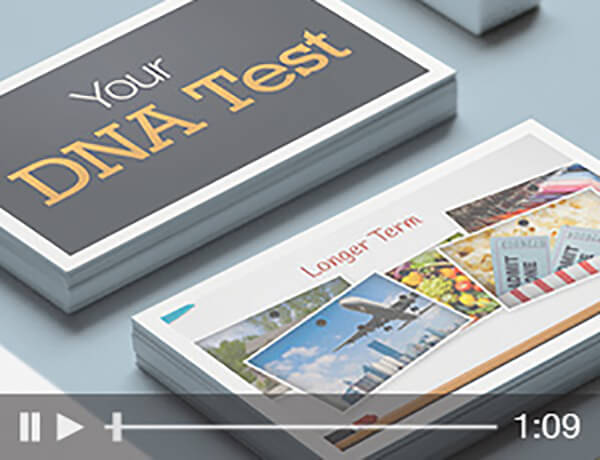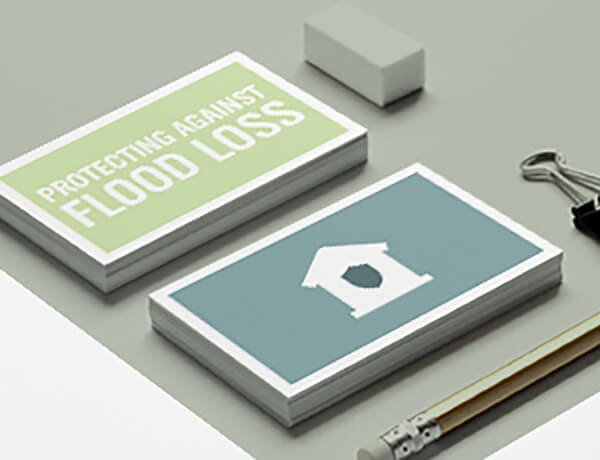Whole Life Insurance Can Be an Asset For Balance
Whole Life Insurance Can Be an Asset For Balance
Even if you didn’t grow up on a farm, you’ve heard, “Don’t put all your eggs in one basket.” While few people walk around with eggs in baskets today, the message still rings true. If all of your eggs are in one basket — or all of your money is invested in one asset — you might be running a risk. Farmers and the financially confident know they need to protect themselves by spreading their eggs and finances across the right baskets.
The Big Baskets
When planning a balanced portfolio, most investors look to create the right mix of stocks and bonds. Many also think of real estate as a basket. The conventional formula says that bonds offer stability, and stocks provide growth. Long-standing thinking says to consider investing in stocks while you’re young because you can handle the risk. Then, as you get closer to retirement, bonds may become a more attractive investment. But, every investor is unique, as will be the mix of “eggs” that help you reach your short- and long-term financial goals.
The Slow and Steady Basket
Bond issuers tend to be long-established, stable entities, like governments and large corporations. Generally-speaking, they issue bonds as a way to raise money for large-scale projects. In return, investors acquire an asset that can earn a small amount over the long term.
The Fast and Fluctuating Basket
Simply stated, stocks are shares of a company sold to the public. The good news is, over the past fifty years, investments in the stock market have increased on average by 10 percent.[1] Unfortunately, however, stocks are not a consistent, guaranteed path upwards. Sometimes investors in stocks have to weather drops in the market. Assessing your risk tolerance with a financial professional will help you determine how many of your eggs you are willing to risk.
The Basket You Live In
Home ownership is the most common real estate asset. You may have heard that your home is “the investment you can live in.” Indeed, you can live in it, but historically speaking, the stock market has yielded stronger returns on investment.[2] Additionally, if you need cash quickly, it can be tough to liquidate real estate assets fast. Finally, we all know what happened during the housing crisis a decade ago. But home ownership is more than just an investment, it’s a lifestyle decision — you have to decide what’s right for you.
The Flexible, Hidden Basket
These broad brushstrokes may be fine, but there may be another way to diversify your portfolio: whole life insurance.3 You may already know that it’s a policy that pays out at the time of your death and it can provide financial confidence to the people you love most after a worst-case scenario. But, that’s not all it can do. Whole life insurance can diversify your overall portfolio and provide a number of “living benefits,” including tax-free income in retirement.4
How does this work? As you pay premiums on your whole life insurance policy, the policy can steadily accumulate cash value.5 During your lifetime, you can use this money to fund major expenses like paying for your child’s college education or building a business.6
Better yet, it’s insulated from the volatility of the stock market. As a result, you get the potential for growing cash value, without the wild (and sometimes risky) ride of the market. In addition, you may receive annual dividend payments.7
Proverbs get passed down through generations for their timeless wisdom. Once upon a time, someone dropped a basket full of eggs and broke them all. Now, with this lesson learned, you can do things differently. When it comes to assets, you can add whole life insurance to help create a balanced portfolio. Talk to your financial professional to find out more.
Brought to you by The Guardian Network © 2019. The Guardian Life Insurance Company of America®, New York, NY
2019-85091 Exp. 09/21
SOURCES:
1 What is the Average Stock Market Return? NerdWallet, May 15, 2019. Past performance is not a guarantee of future results.
2 Has Real Estate or the Stock Market Performed Better Historically?Investopedia, July 15, 2019
DISCLAIMERS:
3 All investments contain risk and may lose value. Diversification does not guarantee profit or protect against market loss.
4 Guardian, its subsidiaries, agents, and employees do not provide tax, legal, or accounting advice. Consult your tax, legal, or accounting professional regarding your individual situation.
5 Some whole life polices do not have cash values in the first two years of the policy and don’t pay a dividend until the policy’s third year. Talk to your financial representative and refer to your individual whole life policy illustration for more information
6 Policy benefits are reduced by any outstanding loan or loan interest and/or withdrawals. Dividends, if any, are affected by policy loans and loan interest. Withdrawals above the cost basis may result in taxable ordinary income. If the policy lapses, or is surrendered, any outstanding loans considered gain in the policy may be subject to ordinary income taxes. If the policy is a Modified Endowment Contract (MEC), loans are treated like withdrawals, but as gain first, subject to ordinary income taxes. If the policy owner is under 59 ½, any taxable withdrawal may also be subject to a 10% federal tax penalty.
7 Dividends are not guaranteed. They are declared annually by Guardian’s Board of Directors.
Securities products and advisory services offered through Park Avenue Securities LLC (PAS), a registered broker-dealer and investment adviser.
PAS is an indirect, wholly owned subsidiary of Guardian and a member FINRA, SIPC.



